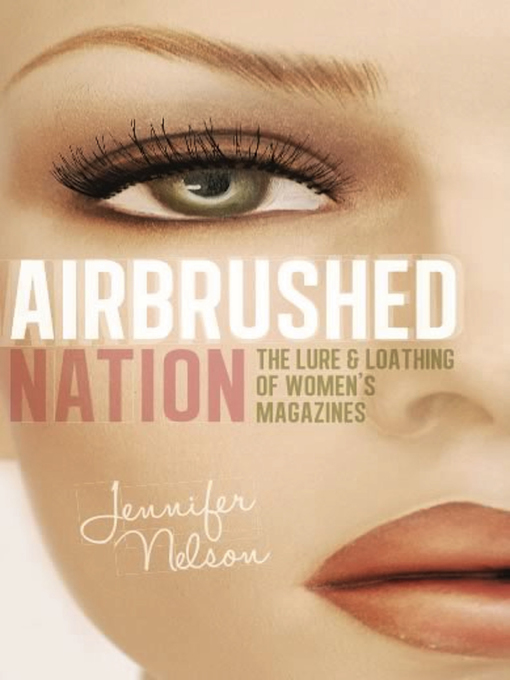Glamour. Cosmo. SELF. Ladies’ Home Journal. Vogue. In an industry that has been in a downward spiral for years, these magazines—and other women-focused magazines like them—have not only retained their readership, they’ve increased it. Every month, five million-plus women peel back the slick cover of their favorite magazine to thumb through pages filled with tidings and advice about fashion, beauty, sex, relationships, dieting, health, and lifestyle. But do women’s magazines offer valuable information, or do they merely peddle fluff and fantasy—and in either case, do women take their messages to heart?
In Airbrushed Nation, Jennifer Nelson—a longtime industry insider—exposes the naked truth behind the glossy pages of women’s magazines, both good and bad. Nelson delves deep into the world of glossies, explaining the ways in which these magazines have been positive for women, highlighting the ways in which their agendas have been misguided, and asking the questions that have long gone unasked: What do women think and believe about the retouched photos, the ubiquitous sex advice, the constant offensive on aging, and the fantasy fashion spreads featuring unaffordable clothing and accessories?
Do the unrealistic ads, images, and ideals that permeate glossies damage women’s self-esteem . . . and is it intentional?


